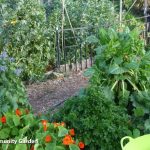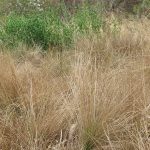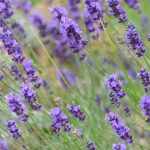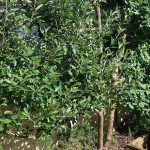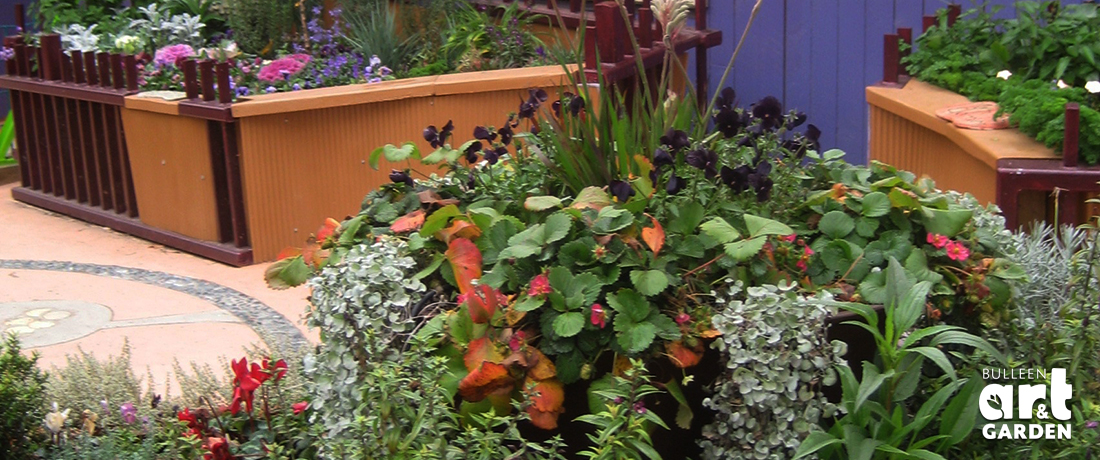
Since Ancient Times, Edible Gardening and producing food was motivated by survival. The Egyptians, the Persians and the Romans developed ‘Paradise Gardens’ that became increasingly elaborate, intermingling ornamental and edible plants. In Medieval Times, Christian Monastery Gardens used function in geometric patterns to enclose herb, fruit and vegetable gardens. Most of the peasant population also cultivated edible garden plots by their home or in community gardens, essential for their daily sustenance. During the Renaissance ‘Paradise Gardens’ were elaborate with fantastic gardens of clipped hedges, mazes and exotic plants, including fruits and vegetables carefully and often expensively sourced from all over the world.
In the last three hundred years gardens around the world have diversified and developed according to climate, location, necessity and availability of plants both ornamental and of produce value. Gardens have evolved to include fruit trees, herbs and vegetables with form, foliage and flowers combined.
We are now experiencing a strong revival in produce gardening around the world, particularly on an urban level. The movement towards home-grown produce incorporated with beautiful garden settings grows daily with incalculable benefits for society and the environment.
What is edible gardening?
Edible landscaping is the use of food-producing plants in the constructed landscape. Edible landscapes combine fruit and nut trees, berry bushes, vegetables, herbs, edible flowers and ornamental plants into aesthetically pleasing designs. These designs can incorporate any garden style and can include any amount of edible species.
Why Landscape with edible plants?
- To enjoy the freshness and flavour of home-grown fruit and vegetables.
- To control the quantity and types of pesticides and herbicides used.
- To increase the food security of your household.
- To save on grocery bills.
- To grow unusual varieties not available in stores.
- To get outside, interact with the natural world and have fun!
- To ensure the sharing of edible plant species for the future.
From lawn to produce
While lawns in gardens are popular with many people, they can be high maintenance areas that require a lot of water, fertiliser, mowing and trimming to keep them looking at their best. Many people in urban areas are realising the potential of their land, big or small can have far more potential as land for cultivating home-grown produce. The amount of produce that can be grown in a small area is amazing. Testimony to this is the book One Magic Square by Lolo Houbein.
Size doesn’t matter
Whether your garden is on a substantial land block or a small urban courtyard the possibilities are endless when it comes to produce gardens. Large gardens have the potential to have a fruiting orchard and garden ‘rooms’ for vegetable and herb gardens blended with perennial and native plants for colour and beauty. Small urban gardens can be creative with vertical wall plantings of espaliered fruit trees, climbing vegetables and hanging baskets and pots with all sorts of herbs and companion plants and maybe a couple of larger fruit trees for shade.
Design in the Produce Garden
Beautiful edible gardens can still retain the concepts of good garden design, with features such as paving (preferably permeable types), views, seating, lighting, water features, pots and garden art. The design may be formal, with structured hedges, borders and multiple plantings of a single species, however those plant species can be edible instead of purely ornamental. The design may be more relaxed, developing as the garden owner cultivates the different areas of the garden to suit the outcome of growing produce.
Birds, Butterflies and other critters and creatures
With the constant urban sprawl into fringing bush and grass lands it is vital for our ecological future to plant to encourage bees, butterflies, predatory insects and native birds into our gardens. These characters play the vital role of pollination across plant species. Combining edible gardens with flowers, companion plants, native and most importantly, indigenous plants is essential for crop yields and plant health. And while some visitors are not as welcome such as possums, bats and rodents, there are practical and kind ways to protect your harvests without the cruel use of baits.
Herbicides and Pesticides
In the last hundred years, people have come to understand that many chemicals used in Herbicides and Pesticides have dangerous effects on peoples’ health, our land and soil and our produce. Fortunately, in 2013, people are opting for more natural approaches to pest and disease problems in the garden and are returning to safer homemade remedies from herbs, plants and other natural products. When we spray chemical based products, we upset the natural equilibrium in nature by knocking off the ‘good bugs’ as well as the bad, when nature can often take care of things herself. Chemically grown produce might look big, shiny and blemish free, but is the flavour and the nutritional benefits that come from home grown produce, even though it might be smaller and have a few spots. The proof is in the taste!
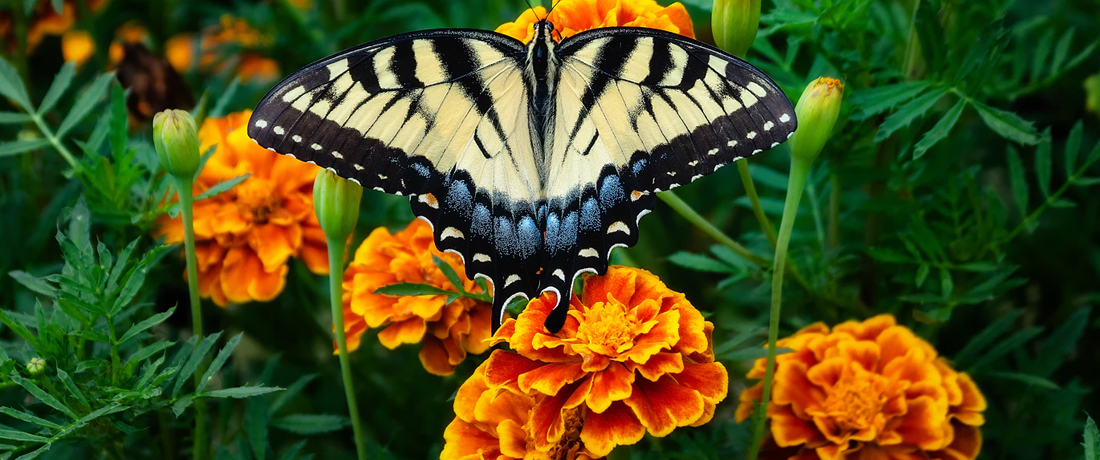
Plant choices and availability
In Australia we are extremely lucky to have some excellent wholesale nurseries that are growing and selling all matter of produce, from basic herbs and vegetables to many rather delicious unusual edible varieties. We now stock native ‘Bush Tucker’ food plants, Tropical and Exotic Fruit Trees and shrubs; as well as Heirloom Fruiting Plants and all the old favourite Apples, Plums, Pears, Peaches, Nectarines and Cherries that people love to eat.
With a bit of home research and guidance by horticulturalists a gardener can transform their garden into an beautiful edible garden by using plants such as the following;
- deciduous trees such as Persimmons, Crab Apples and Pears for stunning autumn foliage, shade in summer and sun in the winter.
- deciduous trees such as Almonds, Cherries, Apples, Peaches & Nectarines for spring flowering.
- evergreen fruiting trees such as Avocadoes, Lemon Myrtle and Citrus for perimeter plantings, for shade and for structure.
- edible plants can replace traditional hedging and border plants such as Mountain Pepper, Feijoas, Guavas, Tea Camellias and all sorts of Berry types.
The key to making an edible garden more beautiful than just making a vegie plot is to incorporate the endless combinations of flowers and foliage that come from many vegetables and herbs, but also groups of plants such as perennials that attract birds, bees and butterflies, but also give seasonal colour and beautiful aesthetics to any garden.
New gardeners can start with plants that are easier to grow, developing variety in the garden as cultivation skills grow. Trial and error are much a part of produce gardening as of ornamental gardening. For the experienced gardener, trying new and more exotic species is always rewarding and the possibilities are endless to creating the ultimate beautiful edible garden.
Kitchens in the Garden
In 2013, the Interior and Exterior rooms of a home have joined to create beautiful and practical areas for people to enjoy. Part of modern technology is the ability to fit out working kitchens in your garden. These can be simply a big old wooden table and chairs under a big shady tree with a BBQ nearby, or an elaborate outdoor kitchen complete with stovetops, pizza ovens, sinks and fridges as well as custom built pergolas with purpose outdoor furniture, lighting, water features and music.
All the more reason to plant out our gardens with delicious fruits and vegetables, fragrant herbs and colourful flowers. Imagine neighbours, all growing produce plants, swapping varieties, sharing the abundance and dazzling each other with their talents in growing their own harvests. As we sit out an enjoy our natural surroundings, even in the suburbs, we benefit in many ways from producing our own home grown food, while also creating beautiful garden spaces to enjoy for many years to come.
References
Historical Garden References: Edible Landscaping – Rosalind Creasy.
Edible Garden Definitions: Ohio State University, Extension FactSheet.
Recommended Reading: One Magic Square – Lolo Houbein.


